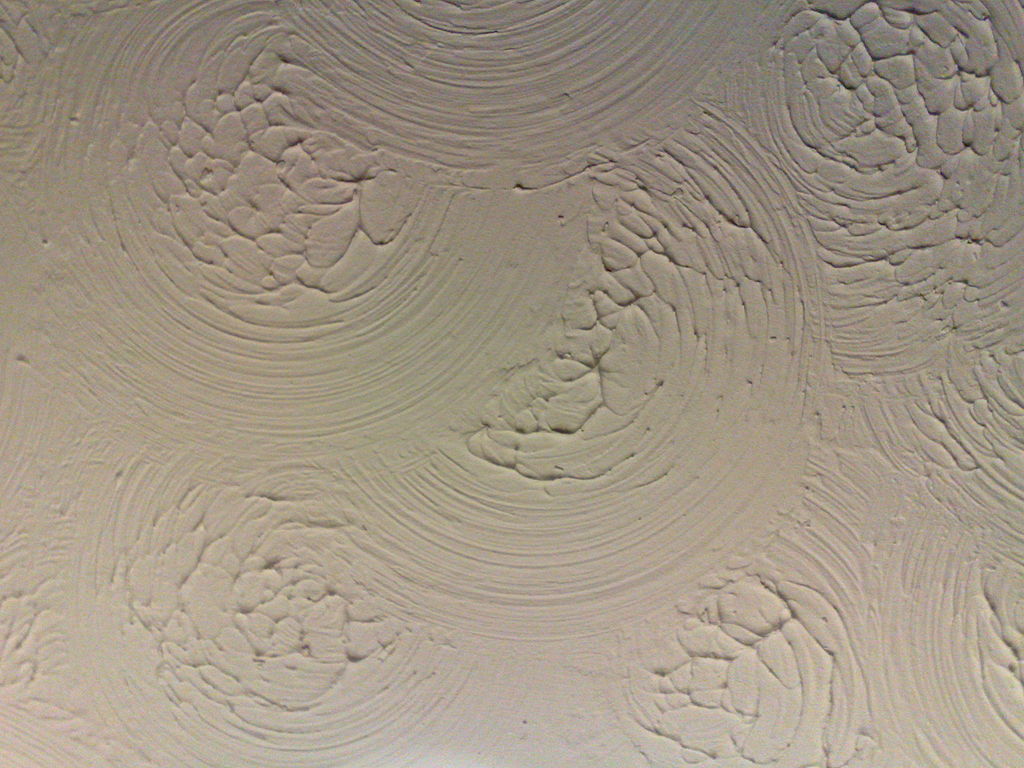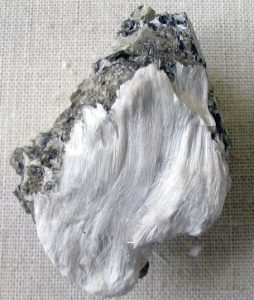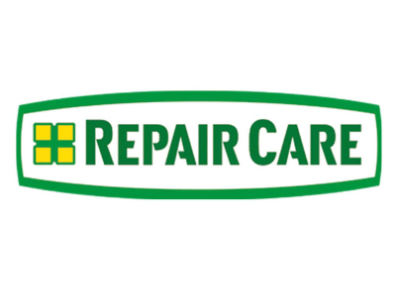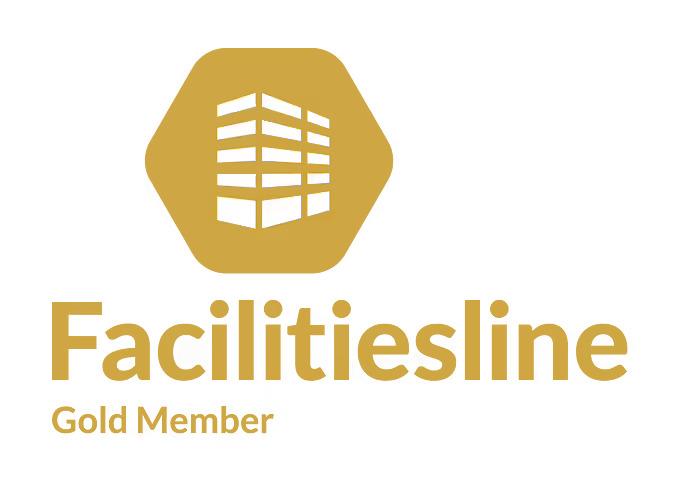Introduction
For many years, products containing asbestos have been extensively used for a range of applications in a variety of locations. Whilst the use of asbestos is now banned in the UK, asbestos products are still present in a number of locations including domestic premises, corporate premises and leisure facilities.
The specific ‘duty to manage’ requirement under the Control of Asbestos Regulations 2012 does not apply to any domestic property. However, the general duties under the Health and Safety at Work etc. Act 1974 require employers to ensure the health and safety of employees and others so far as reasonably practicable. The Management of Health and Safety at Work Regulations 1999 also require employers to assess the health and safety risks to third parties, such as other workers carrying out work in the premises as well as householders or tenants.
General Statement
George Nicolson acknowledges the health hazards arising from exposure to asbestos and will protect employees and other persons potentially exposed as far as is reasonably practicable. This will be achieved by minimising exposure through the management of asbestos-containing materials (ACM’s) in the workplace premises.
Everyone who needs to know about the presence of asbestos will be alerted. No one will be allowed to start work that could disturb asbestos unless the correct procedures are to be employed.
This policy requires the full co-operation of management and staff at all levels. The person responsible for the implementation of this policy is the Company Managing Director.
Information on Asbestos
Clients should provide sufficient information about the location and type of ACMs such as Management Survey, Refurbishment / Demolition Survey or an up to date Asbestos Register in order to allow effective management of the risks during any refurbishment, maintenance or other work.
Asbestos was widely incorporated into buildings until the nineteen eighties after which time its use declined. However, the use of all forms of asbestos in domestic buildings was not prohibited until 1999. Consequently, buildings constructed after 1999 can be presumed to be asbestos free. Materials in pre 2000 buildings cannot be considered to be asbestos free unless there is strong evidence to conclude that they are highly unlikely to contain asbestos. You must assume that asbestos is present in areas to be refurbished unless you have appropriate information to indicate that it is not. The steps below should be taken to determine whether asbestos is present and to obtain information about the position and condition of ACMs for each contract category.
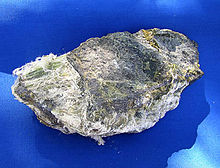 Working on a site or premises controlled by a Principal Contractor where George Nicolson is working as a sub-contractor.
Working on a site or premises controlled by a Principal Contractor where George Nicolson is working as a sub-contractor.
The client, Principal Contractor or Principal Designer should provide information in relation to Asbestos Surveys in the Pre-Construction Information Pack. The Contracts Manager will, with assistance from the Health & Safety Consultant where necessary, take cognisance of this information when preparing site RAMS and ensure all workers are briefed prior to work commencing.
If there is no information provided, the Contracts Manager will request information regarding ACM’s in the form of Asbestos Surveys or the Asbestos Register from the principal contractor’s Site Manager when first attending site and prior to commencing work. This information may be provided during site induction training. If there is deemed a risk, the site RAMS will be amended with assistance from the Health & Safety Consultant where necessary. The Contracts Manager will ensure all workers are briefed prior to work commencing.
Even when a suitable survey has been undertaken, it is still foreseeable that unknown ACM’s may be encountered when work begins. It is, therefore, important that all employees undertaking the work know what to look for and the precautions that they should adopt. All George Nicolson employees who carry out works where ACM’s may be encountered must complete a ½ day asbestos awareness course. If they come across a suspected ACM, they must stop work and inform the Site Manager immediately. All George Nicolson works vehicles should carry HSE Guidance em1 Asbestos Essentials ‘’what to do if you uncover or damage materials that may contain asbestos.’’
Working as a sub-contractor on the refurbishment of housing stock likely to contain asbestos.
It is unlikely that a survey of every property is going to be reasonably practicable where a large number of tenanted dwellings are involved in a refurbishment project. A carefully planned sampling programme of a representative proportion of each dwelling ‘type’ will thus be required to be arranged by the client or principal contractor in order to get an accurate picture of ACM presence.
The Contracts Manager will request information regarding ACM’s in the form of Asbestos Surveys or the Asbestos Register from the client or principal contractor as soon as is practicable following the works being confirmed. The Contracts Manager will, with assistance from the Health & Safety Consultant where necessary, take cognisance of this information when preparing site RAMS and ensure all workers are briefed prior to work commencing. If no information is available and the properties to be refurbished date pre 2000, works should not commence and advice should be sought from the Health & Safety Consultant.
Even when a suitable survey has been undertaken, it is still foreseeable that unknown ACMs may be encountered when work begins. It is, therefore, important that all employees undertaking the work know what to look for and the precautions that they should adopt. All George Nicolson employees who carry out works where ACM’s may be encountered must complete a ½ day asbestos awareness course. If they come across a suspected ACM they must stop work and the George Nicolson employee should put up a warning sign or sticker ‘possible asbestos contamination’ adjacent to the suspect material and inform the householder and Contracts Manger immediately who will then inform the client or principal contractor. On no account should an employee or Manager attempt to encapsulate or sample the suspect ACM. All George Nicolson Decorators works vehicles should carry HSE Guidance em1 Asbestos Essentials ‘’what to do if you uncover or damage materials that may contain asbestos.’’
Working in domestic properties where the householder is Client.
Where there are refurbishment works or works likely to disturb the building fabric carried out in domestic properties dating pre 2000, the Contracts Manager must inform the householder that there is a requirement to carry out an Asbestos Survey prior to works commencing. This will be backed up in written form by way of a letter to the house-holder. If the Asbestos Survey identifies any ACM’s in the property and they are in the area where works are to be carried out, these works must not commence until the ACM’s are removed or safely encapsulated by a competent contractor. The Contracts Manager will, with assistance from the Health & Safety Consultant where necessary, take cognisance of the information within the asbestos survey when preparing site RAMS and ensure all workers are briefed prior to work commencing.
Even when a suitable survey has been undertaken, it is still foreseeable that unknown ACM’s may be encountered when work begins. It is, therefore, important that all employees undertaking the work know what to look for and the precautions that they should adopt. All George Nicolson employees who carry out works where ACM’s may be encountered must complete a ½ day asbestos awareness course. If they come across a suspected ACM they must stop work and the George Nicolson employee should put up a warning sign or sticker ‘possible asbestos contamination’ adjacent to the suspect material and inform the householder and Contracts Manager immediately who will then arrange with the householder to have a further survey or sampling carried out. On no account should an employee or Manager attempt to encapsulate or sample the suspect ACM. All George Nicolson Decorators works vehicles should carry HSE Guidance em1 Asbestos Essentials ‘’what to do if you uncover or damage materials that may contain asbestos.’’
Where is asbestos found in buildings?
Asbestos was used in many parts of buildings. Below is a sample of uses and locations where asbestos can be found:
| Asbestos product | What it was used for / where it is found |
| Sprayed sbestos (limpet) | Fire protection in ducts and to structural steel work, fire breaks in ceiling voids etc. |
| Lagging | Thermal insulation of pipes and boilers. Loose asbestos can be found as insulation in wall and floor cavities and lofts. |
| Asbestos insulating boards (AIB) | Heater cupboard, fire protection, thermal insulation, wall partitions, ducts, soffits, ceiling and wall panels. |
| Asbestos cement products, flat or corrugated sheets | Roofing and wall cladding, gutters, rainwater pipes, water tanks. |
| Certain textured coatings (e.g. artex) | Decorative plasters, paints, can be found throughout the house on ceilings and walls. |
| Bitumen, vinyl or thermoplastic materials | Roofing felt, floor and ceiling tiles. |
| Asbestos-reinforced resin composite materials | Toilet cisterns. |
| Asbestos/resin or asbestos coal tar pitch | Switchboard panels and meter boards. The older the switchboard or its surroundings the more chance there is that it contains asbestos. Most switchboards installed before 1990 are very likely to contain asbestos. |
| Chrysotile (white asbestos) | Asbestos Flash Guards. |
| Chrysotile woven asbestos rope | Older BS3036 re-wireable type fuse boards. |
Some ACM’s are more vulnerable to damage and more likely to give off fibres than others. In general, materials that contain a high percentage of asbestos are more easily damaged. The table above is roughly in order of ease of fibre release (with the highest potential fibre release first). Sprayed coatings, lagging and insulating board are more likely to contain blue or brown asbestos. Asbestos insulation and lagging can contain up to 85% asbestos and are most likely to give off fibres. Work with AIB can result in equally high fibre release if power tools are used. On the other hand asbestos cement contains only 10–15% asbestos. The asbestos is tightly bound into the cement and the material will only give off fibres if it is badly damaged or broken, or is worked on (e.g. drilled, cut etc.).
Training
All George Nicolson employees who carry out works where ACM’s may be encountered must complete a ½ day asbestos awareness course. This training course must be updated with refresher training at regular intervals and supplemented with regular asbestos awareness toolbox talks carried out by the Contracts Manager.
Policy Review
In order for George Nicolson to comply with Section 2(3) of the Health and Safety at Work etc. Act 1974 and Regulation 5 of the Management of Health and Safety at Work Regulations 1999 this policy must be monitored, evaluated and reviewed as appropriate to ensure it effectively meets the Statutory Requirements related to the Company’s activities and reflects best practice in safely achieving work objectives.

